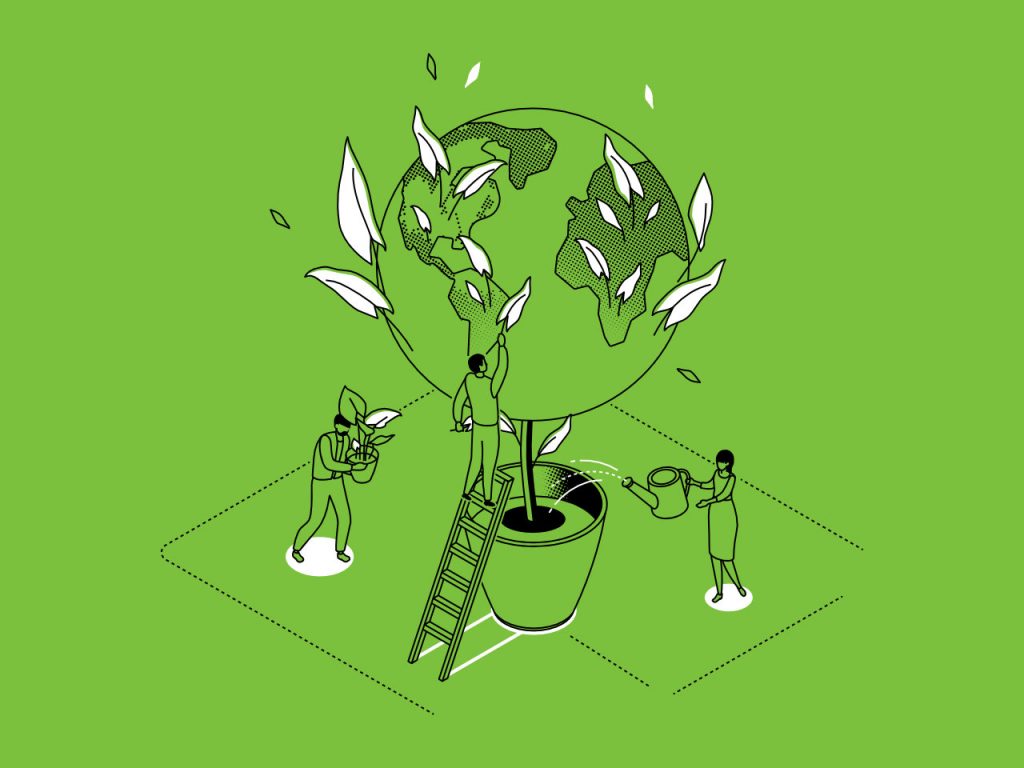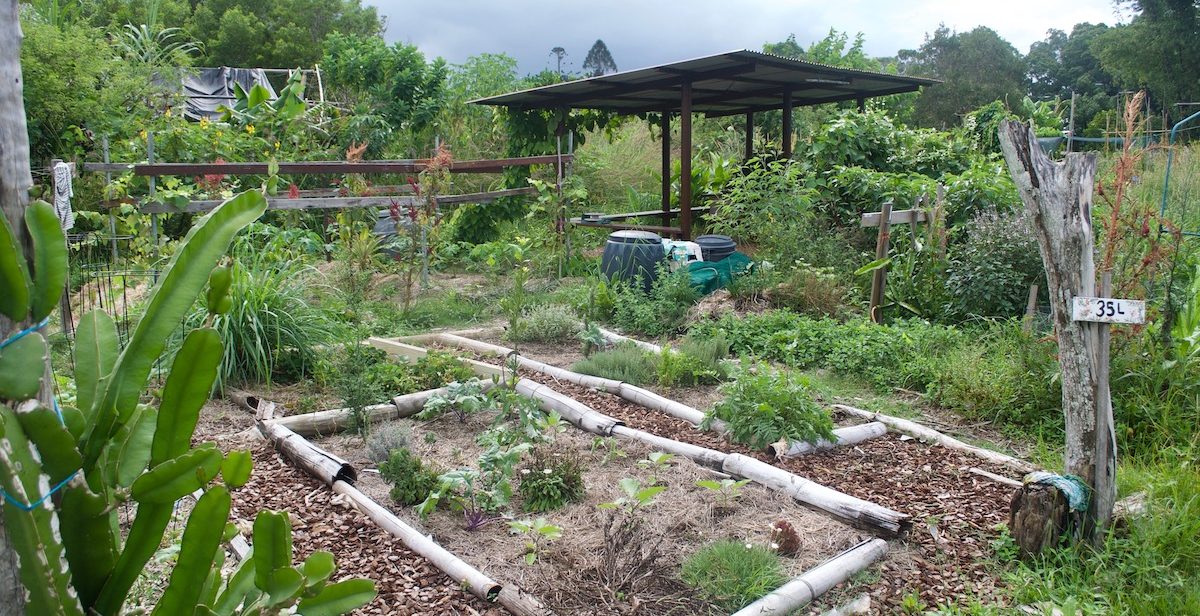You have probably heard of the word ‘permaculture’ being bandied around in recent years but what does it mean and how does it work?
The science is clear – we are facing massive global ecological problems with pollution and climate change. And much of this is due to the way we produce our food. ‘Permaculturists‘ look to natural food production systems for inspiration, seeking to imitate their closed-loop structures with an emphasis on eliminating waste.
Back in the late 70’s, Australian, Bill Mollison founded the world’s first permaculture institute with the aim of educating people about sustainable systems and the conservation of soil, water and energy. Mollison was known as the ‘father of permaculture,’ and his work is still widely respected today.
Inspired by Mollison’s teachings, UK-based Patrick Whitefield made it his life’s mission to bring permaculture practices into the cooler Northern Hemisphere. Permaculture is solution-based, and that’s what attracts more and more people to its ideas every year. But it’s not all about food production, and it’s not only for people who have access to land.
The basic model of permaculture can be applied to any aspect of your life. It’s about learning how to reduce your ecological footprint and live more in harmony with nature. It’s about making educated decisions about what food to put on your plate and being creative about how you live, travel and work. Perhaps most importantly, it is about making connections with other people.
3 easy ways you can use Permaculture ideas in your home & garden

Permaculture is full of proven ideas that vary in scale. Here’s 3 simple ways to get started:
- Recycle rainwater
Collect rainwater with easy to install water butts connected to your guttering to have an easy to access source for watering your garden plants. Paired with a smart watering solution means you will be in total control of water usage.
- Trap rainfall with plants
Rainwater run-off is a huge problem overwhelming drainage systems and contributing to flash-flooding. By planting trees, shrubs and grasses rather than over laying with concrete, rainwater can be trapped protecting your house from excessive damp and preventing overflow sewage from ending up in rivers. Getting started with a small wildflower meadow patch is cheap & easy.
- Use sustainable building & decorating materials in your home
The range of sustainable building products keeps growing. Find out how you can use sustainable cork to create beautiful flooring or consider wearing shoes made from recycled plastic!
In short, permaculture is massive, and with a little bit of knowledge, you can start to implement massive changes into your own life for the good of you, your family and the planet.
OPOH Recommends
Whitefield created the UK’s first online permaculture course. Although he sadly died in 2015, his teachings continue, meaning you can now study his course from your armchair.
Either take the whole six-month course or choose from the modules which include soil, ecology, horticulture and forestry. Each module affords a fascinating insight into the world of permaculture. It will open you up to being able to get involved in local projects, grow your own food, or simply to having more knowledge about this beautiful planet we call home.

